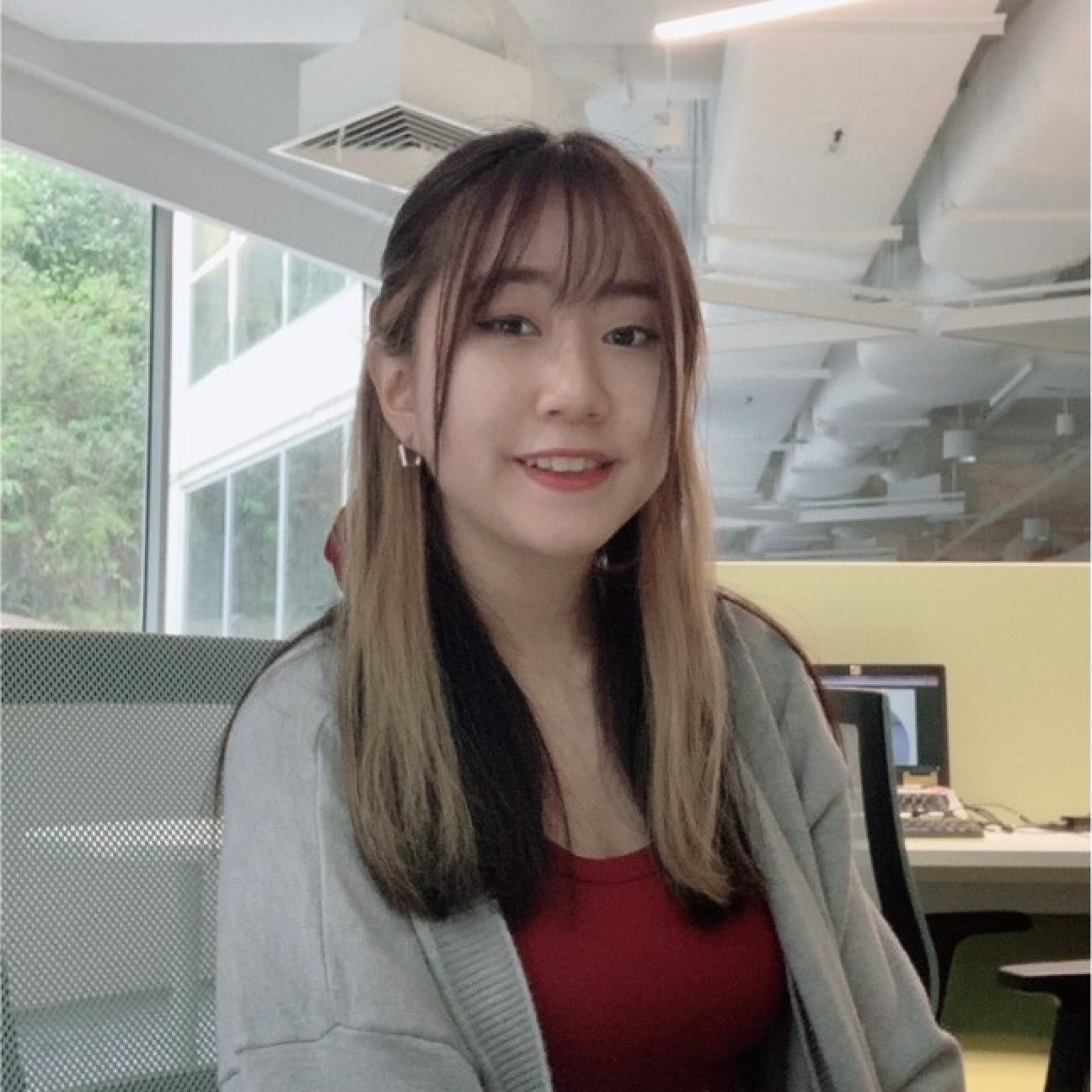Make-up and fashion have taken a surreal and wildly fanciful turn in 2023 – think Spanish singer-songwriter Rosalía’s red vampire fangs on Instagram – and Gen Z cannot get enough of it.
This approach to fashion and beauty, the opposite of what is seen as traditionally “pretty”, has struck a chord with a growing number of social media users, making things like toned bodies and soft, glam make-up seem restrictive and conformist.
According to Chua, people are beginning to embrace the trend on a more widespread level.

This spans everything from so-called feral girl make-up looks – a trend that has racked up over 380 million views since going viral on social media platform TikTok this summer – to purposefully highlighting features that go against typical Western beauty standards.
Then there is TikTok make-up artist Kesho Kage, who dedicates her page to creating otherworldly looks that take beauty influencing beyond the generic GRWM (get ready with me) videos on social media.

The move signals a radical change in how the female form is being presented in the media.
“There [is] a niche crowd of body morphing artists, like Stark, who are deliberately enhancing into mesmerising works of art areas of the body that have traditionally been hidden, or challenging how particular parts such as the breasts, hips, arms, thighs and belly bulges have been perceived, which could inspire more to embrace these features,” says Chua.
The rise of body morphing and the use of prosthetics in make-up shows just how much further Gen Z are willing to play with their appearance and blur the lines between reality and their virtual presence.

According to Chua, AI filters tend to lean into fantastical and fictional scenarios – for example, animated worlds from films and manga. “There’s something quite speculative, fun and even social about this that leans into Gen Z’s love for telling the world who they are – with their make-up,” she says.
While it is too early to say that body-morphing clothing and cosmetic prosthetics have broad appeal, commercial make-up brands such as NYX and Sunset Makeup have already started to make body paints and coloured foundations part of their permanent collections.
Professional make-up labels such as Kryolan have also seen an increased demand for their special-effects products, from eyebrow plastic to fake blood and moulding wax.
This, in addition to Stark’s collaboration with Victoria’s Secret, points to a coming shift in what is considered beautiful – and, more importantly, who gets to decide it.
